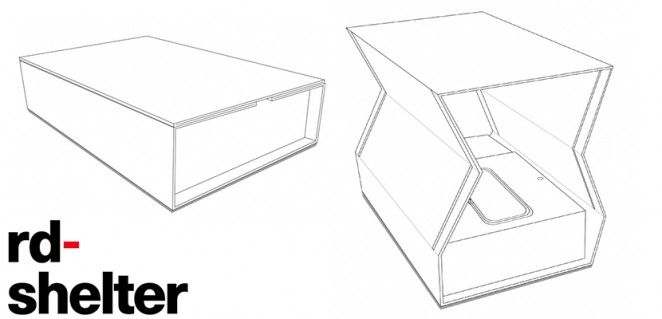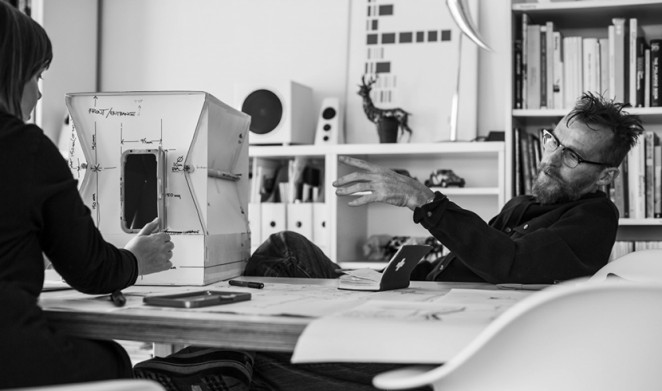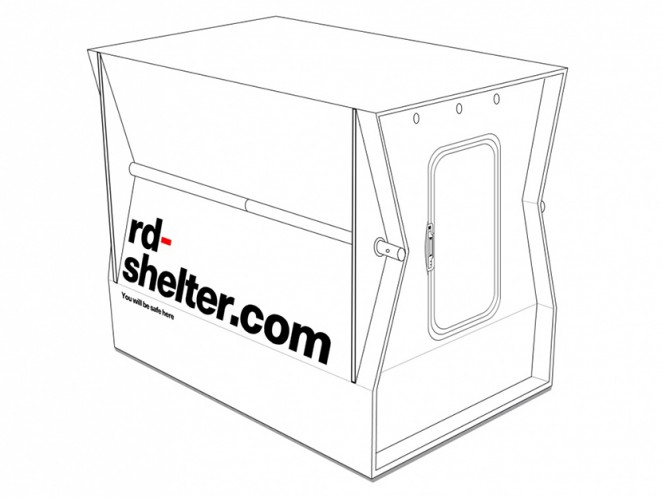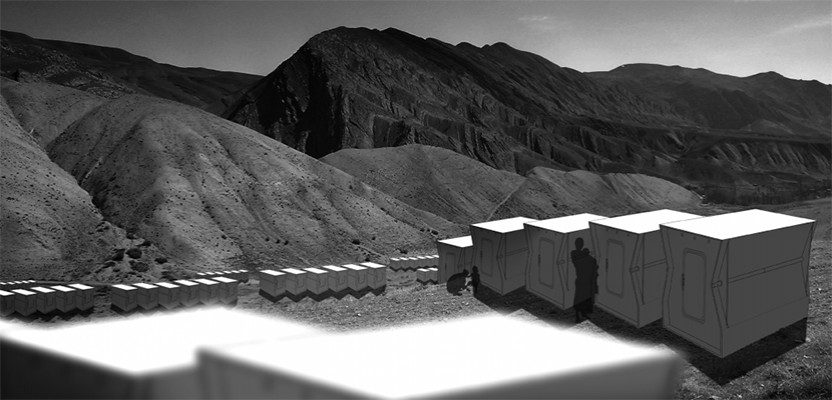With the Syrian refugee crisis seemingly becoming more bleak by the day, and no viable solution to the situation on the horizon, design and tech consultancies are working overtime in order to help. To that end, a new shelter, built entirely from low-cost, polycarbonate plastic, has been designed by Glasgow-based consultancy Suisse, with an aim to make living easier for those who have lost or had to flee their homes. The rd-shelter (or rapid deployment shelter) is currently in its prototype stage, and aims to be constructed quickly and easily in areas of famine and homelessness.
A new shelter, built entirely from low-cost, polycarbonate plastic, has been designed by Glasgow-based consultancy Suisse

The consultancy intends the rd-shelter to be used by those who have been displaced from their homes, such as refugees and those who have experienced natural and political disasters like earthquakes and wars. Of course, there's still the issue of where exactly to put these shelters, but it's at least a solution to half the problem. The roughly 274cm x 183cm x 213cm (length x width x height) shelter includes a fluted central layer to provide insulation, which is shaped as a triangular box (or a “Toblerone” shape for those of us keen on our posh chocolates). The material aims to be light, strong, wind-proof, waterproof and also opaque, which has been implemented to provide dwellers with a decent level of privacy.

The structures can hold up to two adults and two children, and it's just about tall enough for residents to comfortably stand up in. Once inside, it locks without the need for keys or padlocks, so that people can’t open it from the outside. This is incredibly important, as sexual predators can be a big problem in some of these places, which are without light, sanitation and sometimes law. This shelter would keep these people safe, and give them the necessary privacy to care for and nurse their children without fear.
rd-shelter
The rd-shelter is designed hold itself up with nothing more than tension, so it requires no hammers or screws. It can also be compressed to 25% of its size for easy transportation. Cavities within the base of the structure, meanwhile, will provide places for people to sleep, and also to store supplies such as medicine and food. If fully assembled, you’ll get around three or four shelters on the back of a truck, but when compressed, you’ll get about 12 or 15 on there so it’s quicker, and reduces the carbon footprint. Described as a semi-permanent home, the rd-shelter is expected to last for a minimum of a year, and longer if it’s kept in good shape. It's hoped that the initial place of instalment could be the refugee camps based on the Greek island of Lesvos, where set-up would be easy, and would mean that hundreds of shelters could be lined up, ready to go in very little time.
The rd-shelter is currently in its prototype stage, and aims to be constructed quickly and easily in areas of famine and homelessness

Paul Gray, principle creative at Suisse, said of the project: “Shelter is physiologically a very important thing. It’s as important as air, food and water. Once you have that, you have security. People can stay dry away from the elements, and rest properly. It’s imperative that people are in as good a shape as they can be. This project has been seven years in the making. Our designers have brought a lot to the table, and have been constantly refining it, but we’ve exhausted our skill-sets now, we need help to get it over the line.

The consultancy is currently seeking crowd-funding donations for the project, with the aim of reaching a £30,000 target. At the time of writing, 80 backers have raised just under £4,000, but there's still plenty of time left to contribute, and if you spend enough, you can even have your name inscribed on a special edition shelter, or attend the launch of the prototype where you can meet the team behind the project. An expected price for the shelter is not yet known, but if it meets its funding target, Suisse hopes to develop and sell the shelters to human aid charities, external agencies, and governments, which could distribute them worldwide. Economic development agency Scottish Enterprise has also promised to donate £70,000 to the project if it meets its target. Gaining this money would allow the consultancy to move beyond design, and develop the engineering and business aspects of the project. The campaign closes on 11 February, but may be extended. To donate, visit the rd-shelter crowd-funding site.
Benjamin Hiorns is a freelance writer and struggling musician from Kidderminster in the UK.






